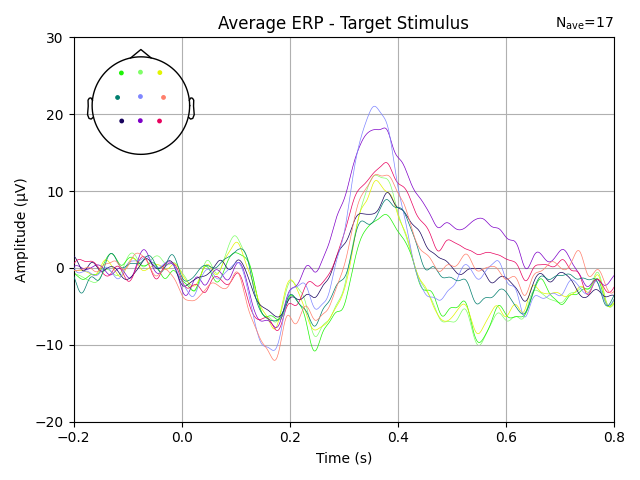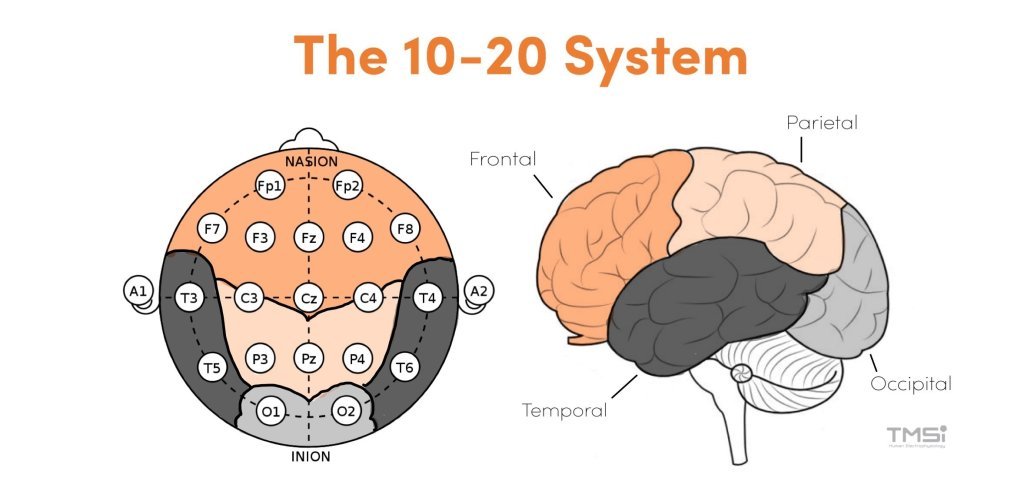
Online & Live eventsMaking EEG and HD-EMG easy.
We have thought of a few things that might make EEG / HD-EMG more accessible, comfortable, and enjoyable.
Meet us in person at these upcoming conferences
Join us at the upcoming courses!
Latest ExG articles
Videos
Subscribe to our YouTube channel for guides on our EEG/HD-EMG systems, and videos explaining the theory behind electrophysiological measurements.
In this video, we will discuss what you will need to correctly measure and position your EEG Headcap.
Webinars
Explore our previous webinars on EEG and HD-EMG, covering topics such as motor unit decomposition, EEG headcaps, active shielding, and physiological signal analysis for freezing of gait in Parkinson’s disease. Access recordings and summaries to review key insights from experts in the field.
Electroencephalography (EEG) is a non-invasive technique that measures the electrical activity of the brain, providing insights into brain function and cognitive processes. Using electrodes on the scalp and an EEG amplifier, brain waves can be recorded and interpreted by a researcher or clinician. By understanding measurement techniques and being aware of common artifacts, such as mains interferences or physiological artifacts, an accurate EEG signal can be measured. This can be used for many different applications in the fields of psychology, neuroscience, neurorehabilitation, and more.
What is HD-EMG?
High-Density Electromyography (HD-EMG) is a non-invasive method that measures muscle activity's spatial and temporal patterns through EMG signals recorded on the skin's surface. HD-EMG signals offer valuable insights into muscular activation, making it useful for neuromuscular research. The spatiotemporal signals provide information about regional activation of the muscles, including the magnitude and the size of the active region(s) of the muscle. Using decomposition methods, single motor unit activity can be extracted to represent the neural drive to the muscle. HD-EMG has various research applications, including rehabilitation, neuromuscular control, biomechanics, and signal processing.












Multimodal approaches are increasingly used in muscle research to provide a comprehensive view of muscle function. HD-EMG captures detailed temporal and spatial muscle activity, while NIRS measures local muscle oxygenation. Combining these portable techniques offers significant advantages for studying muscle activity and metabolism simultaneously.